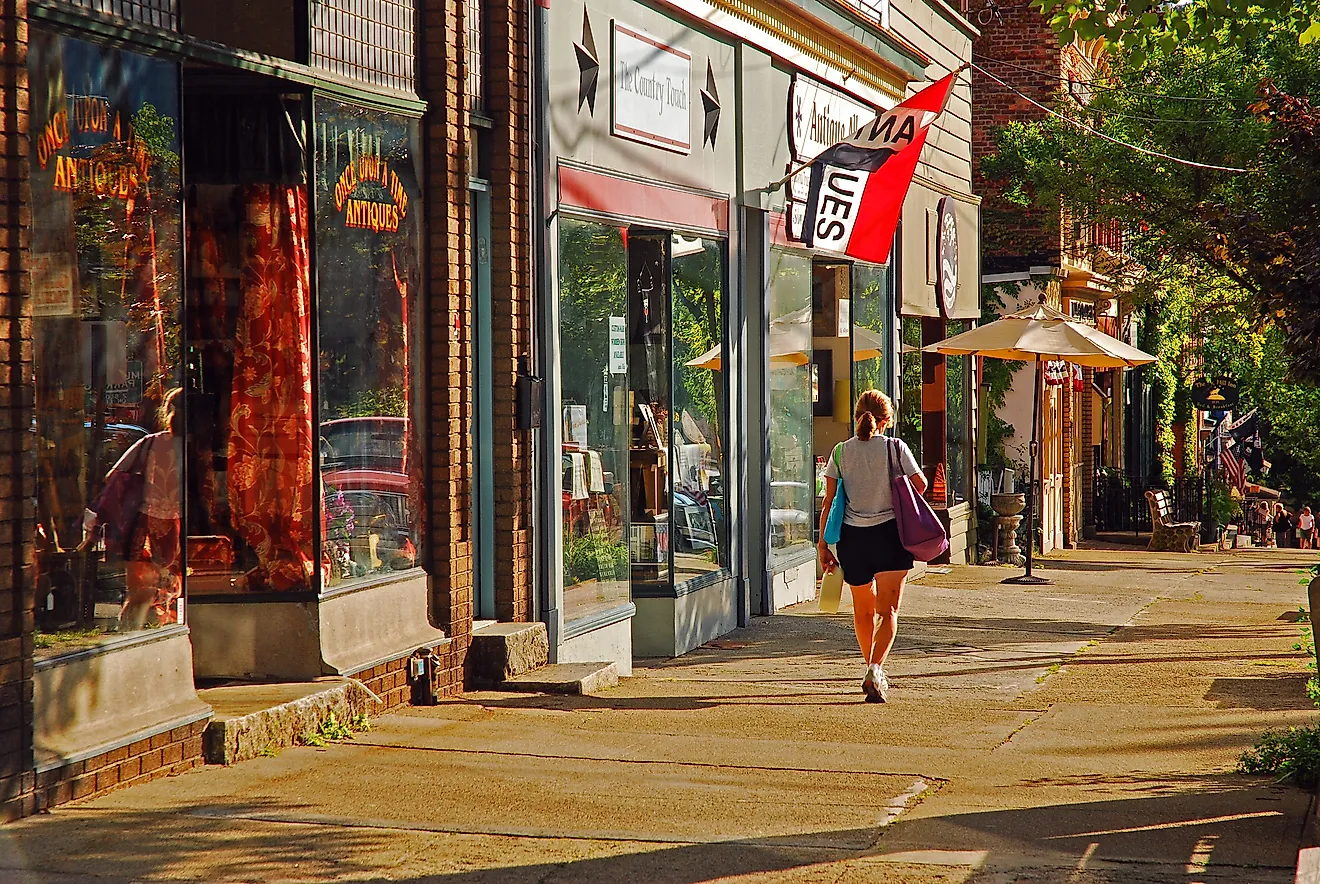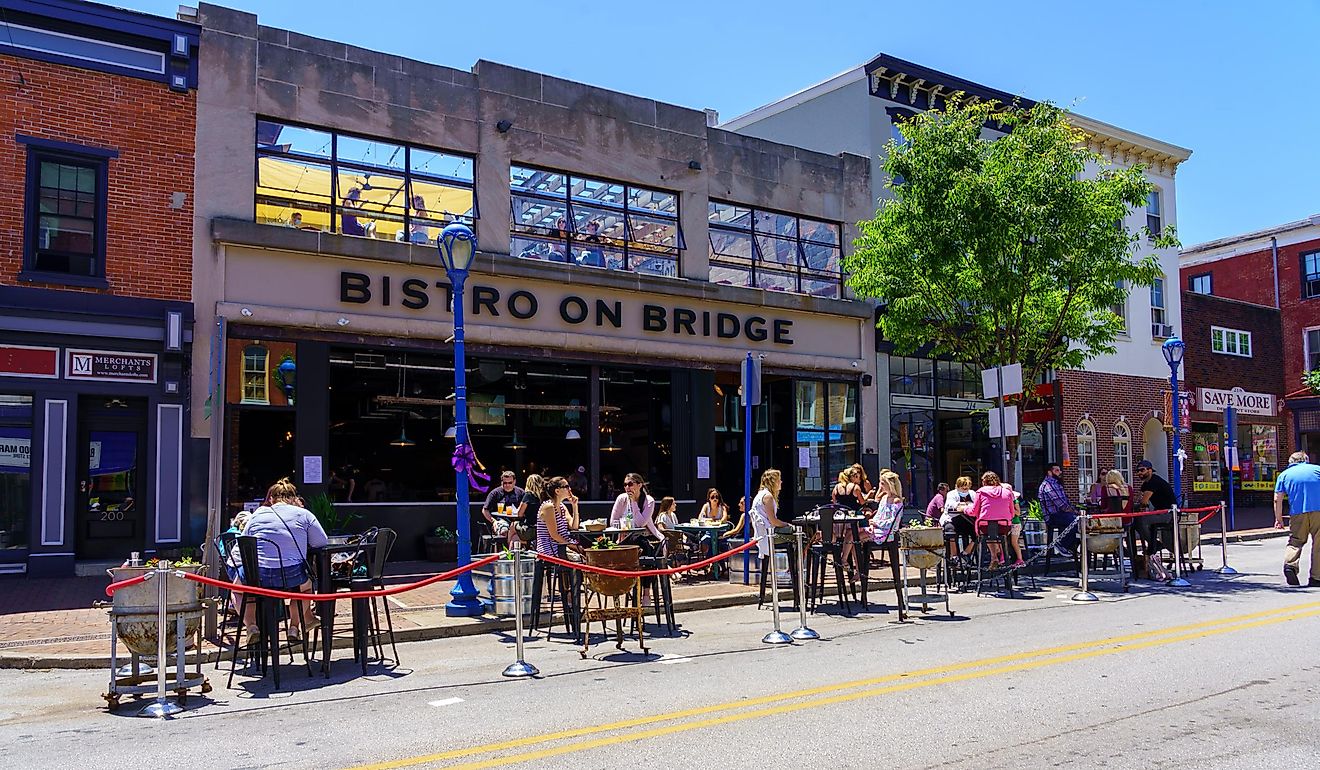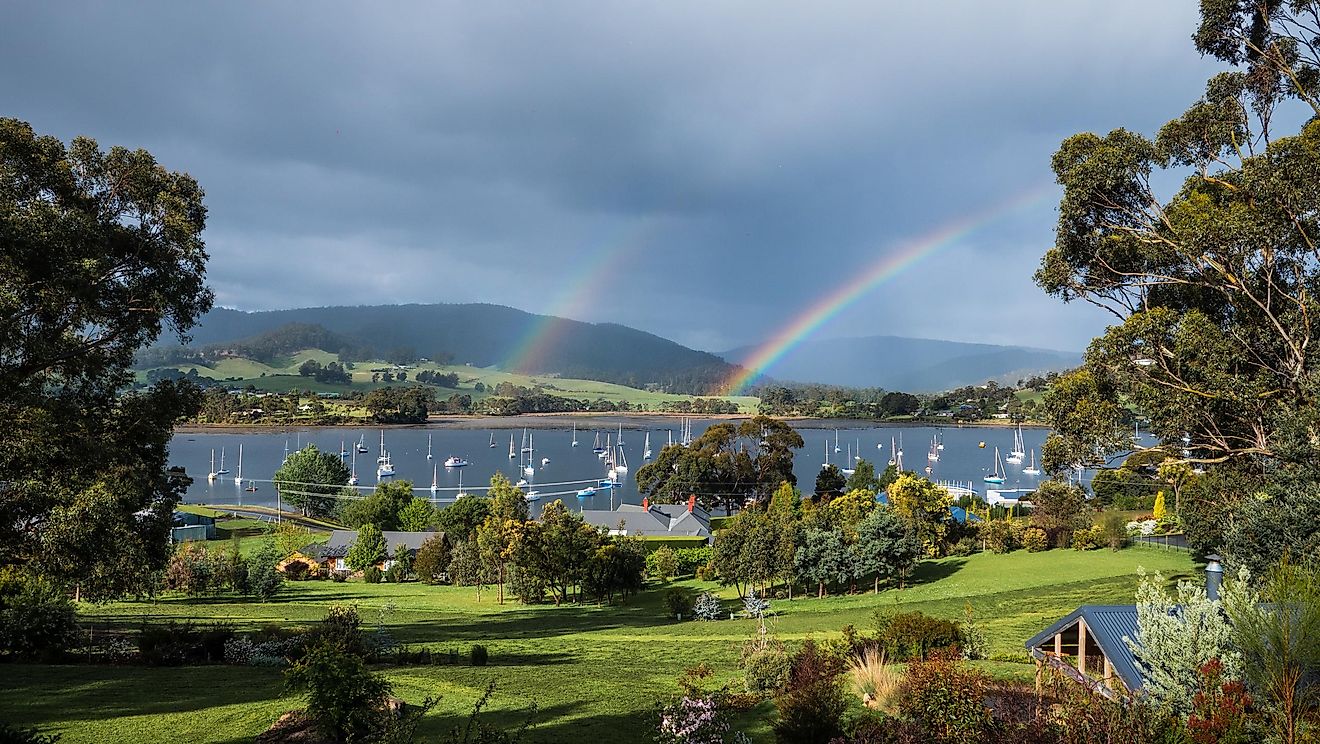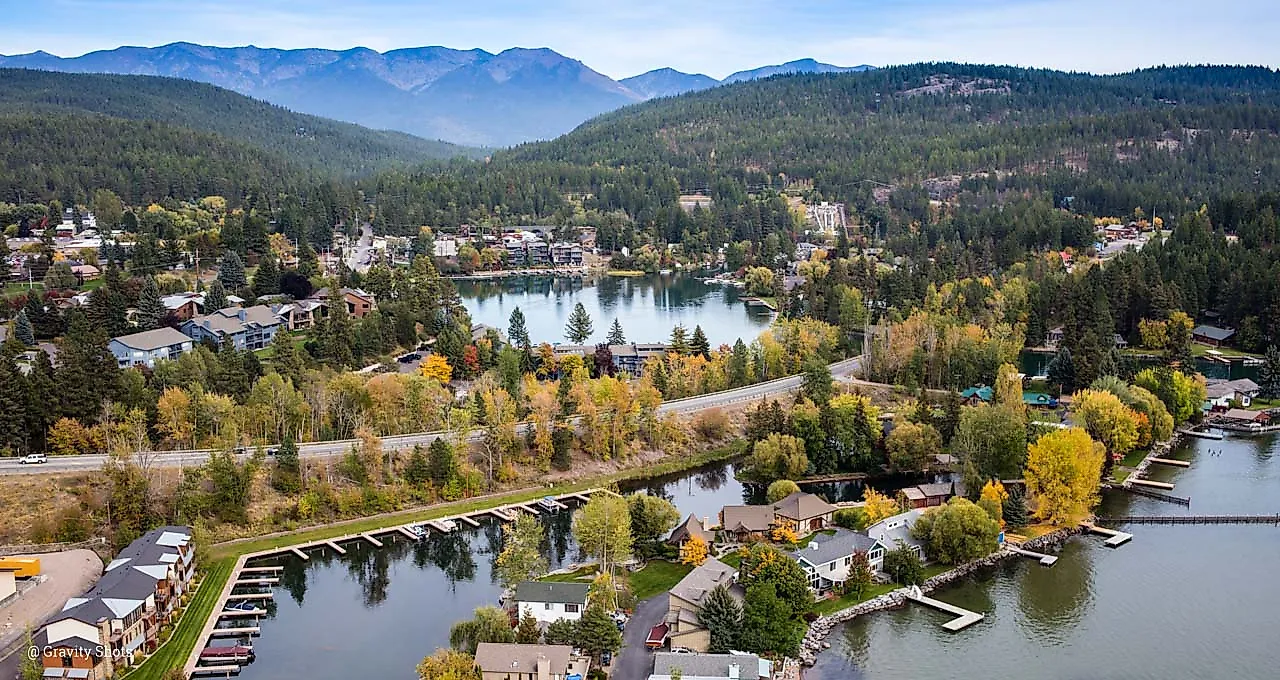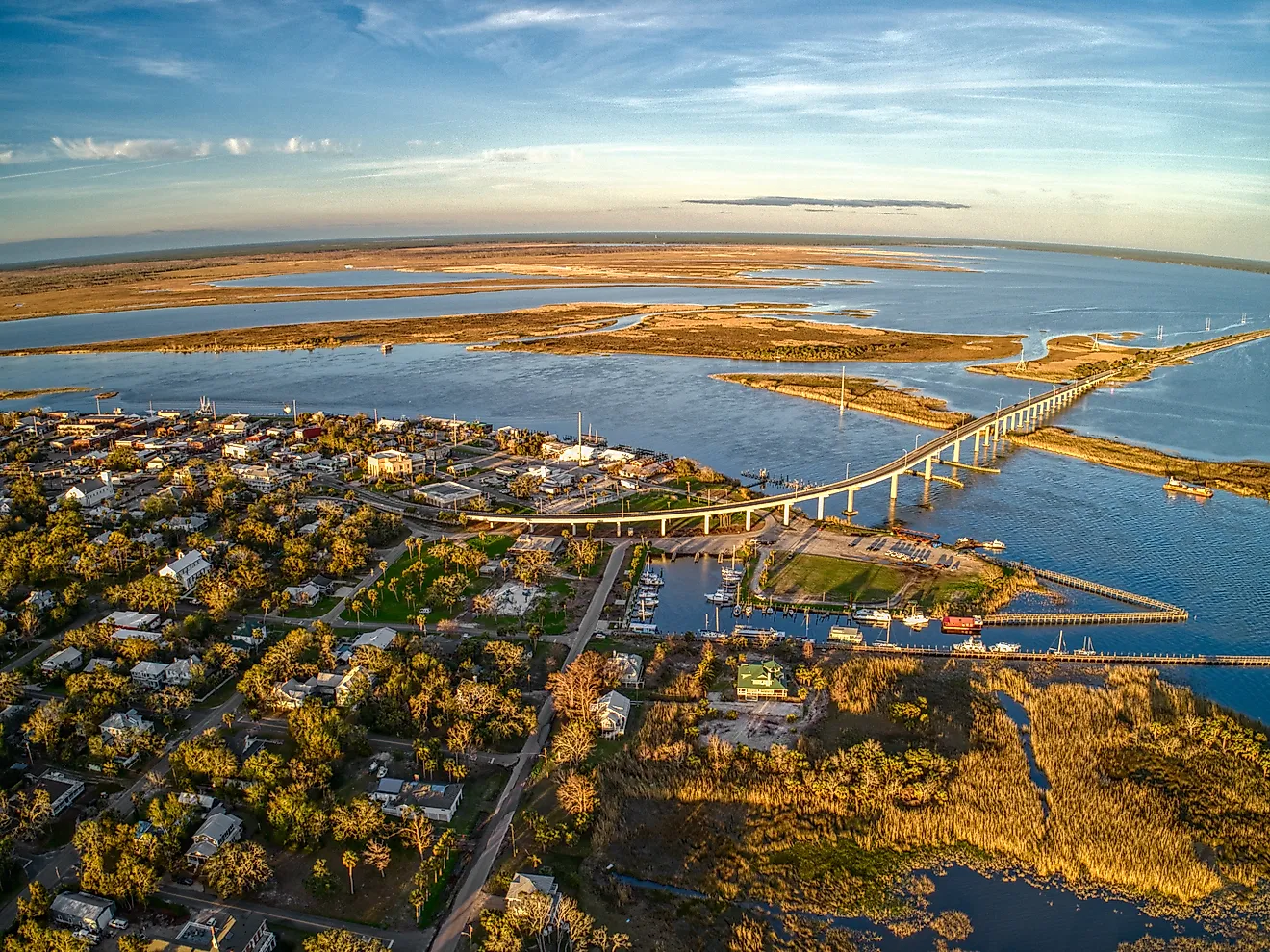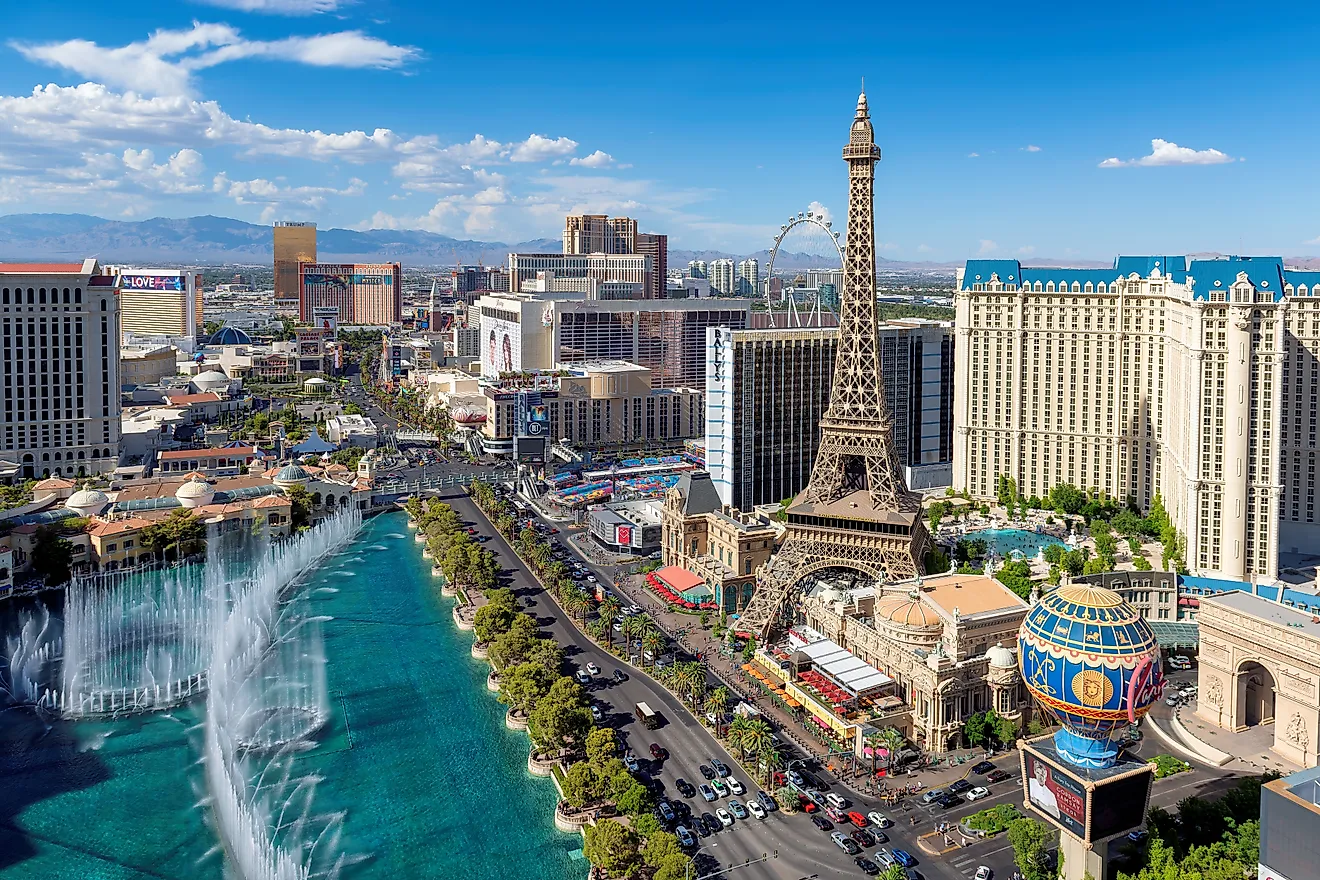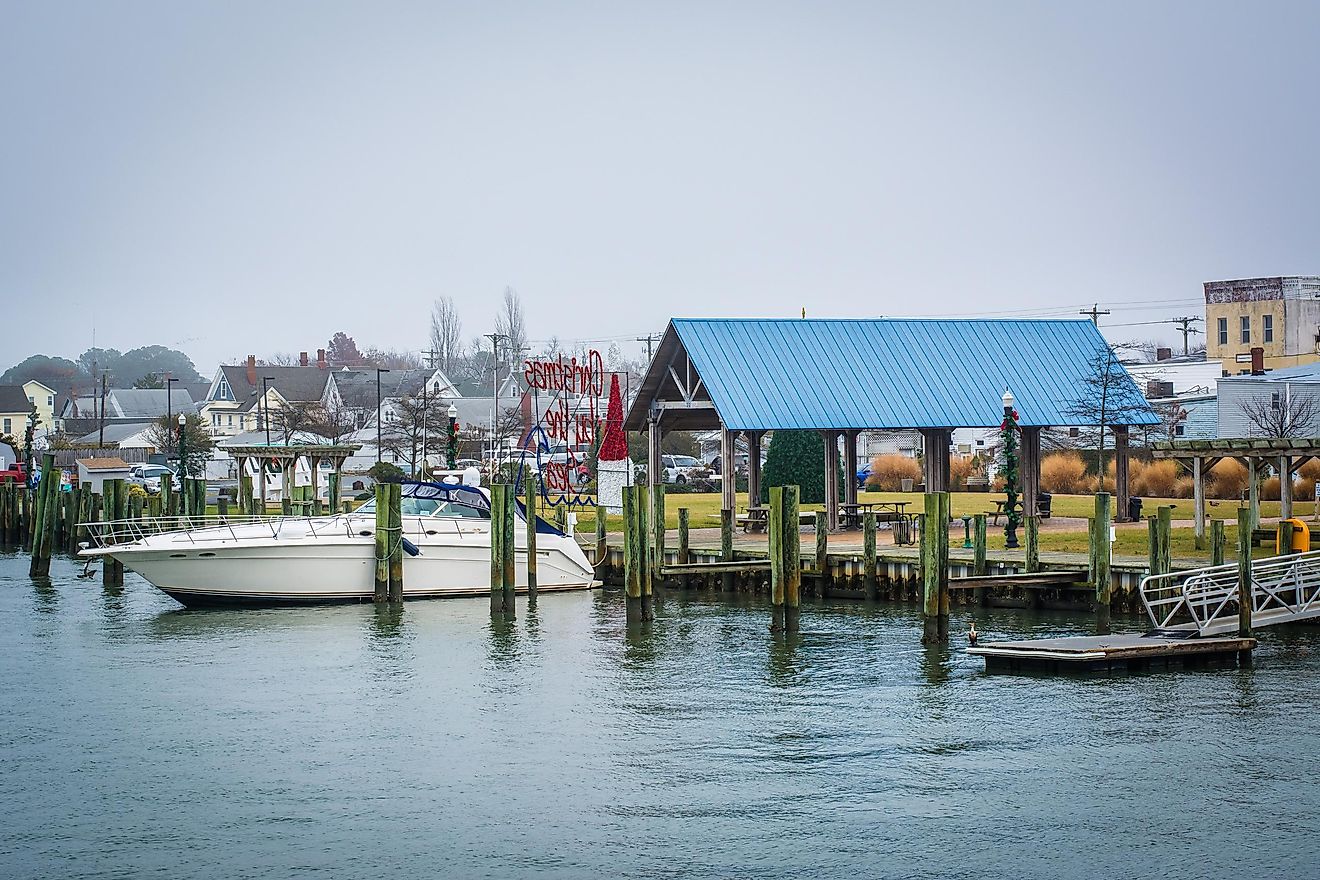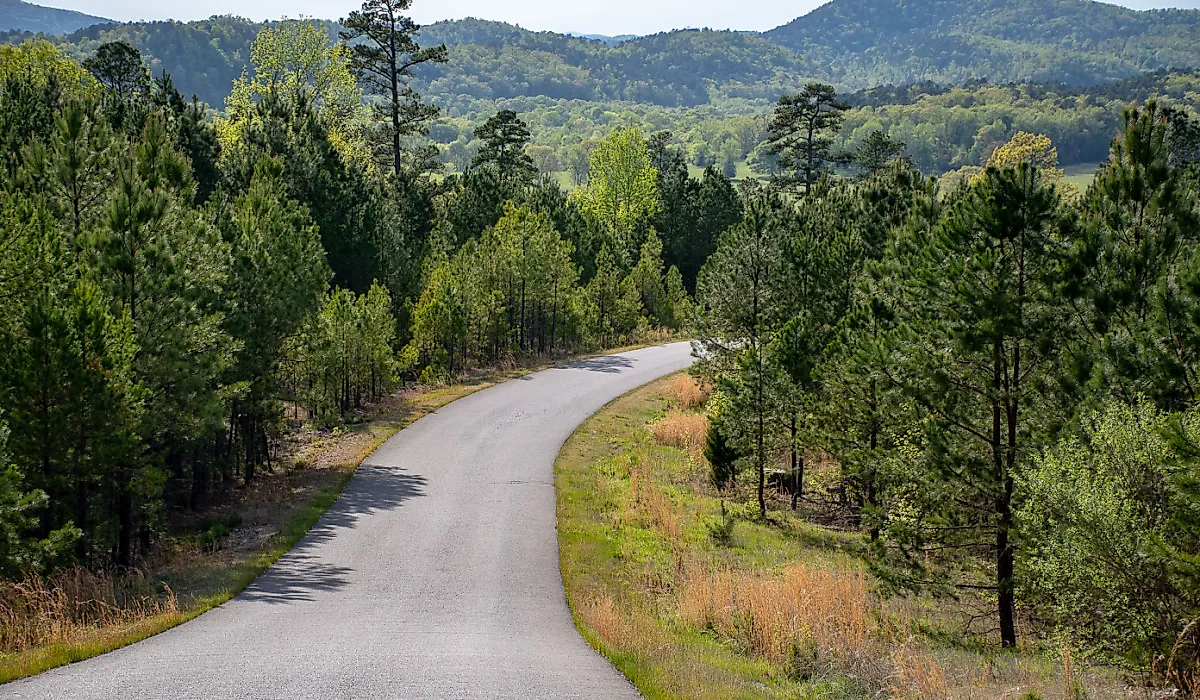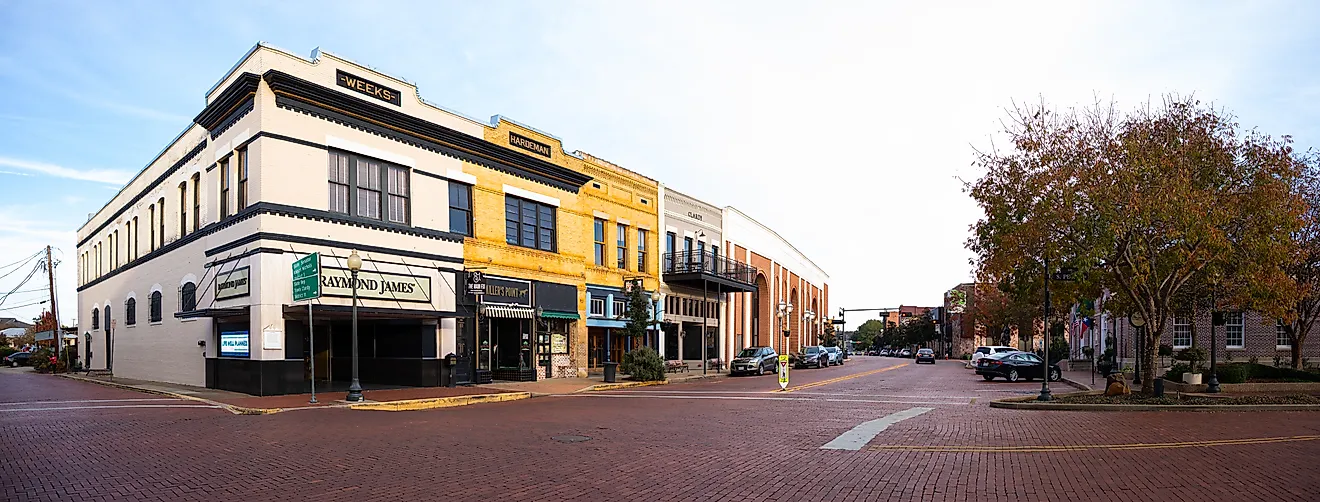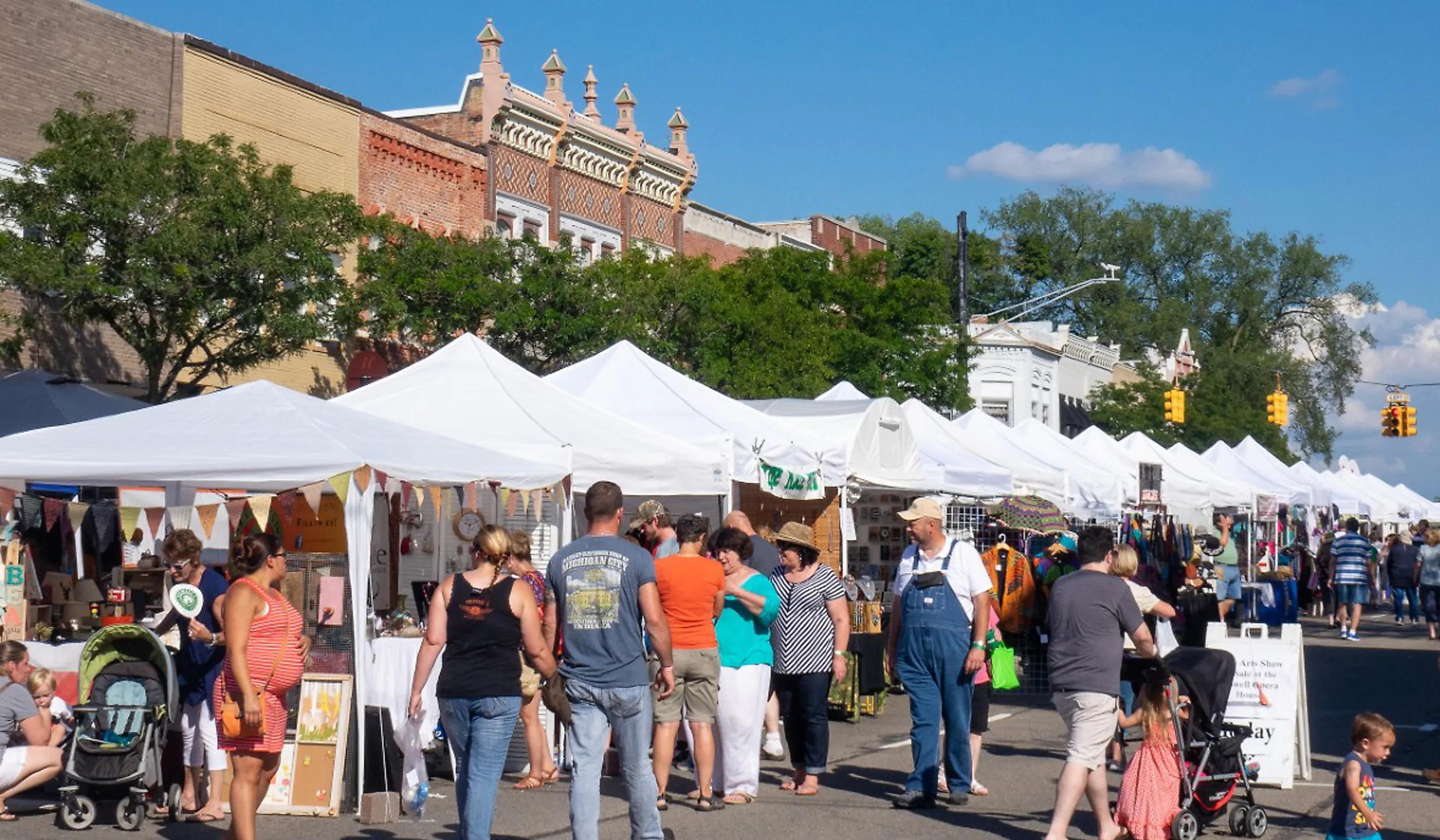
8 Main Streets Where Michigan Comes Alive
Michigan’s spirit shows up strongest on its main streets, those underrated corridors where local life, history, nature, and vibrant shops meet. These streets pulse with stories, from preserved architecture to riverside parks. You’ll find historic facades standing alongside craft shops, charming theaters, and cultural landmarks that hold their own stories. Whether you're after quirky festivals or just a quiet walk past century‑old buildings, these eight towns offer authentic snapshots of Michigan coming to life. They invite you in with their charm, and so much to explore and discover in every step.
Howell
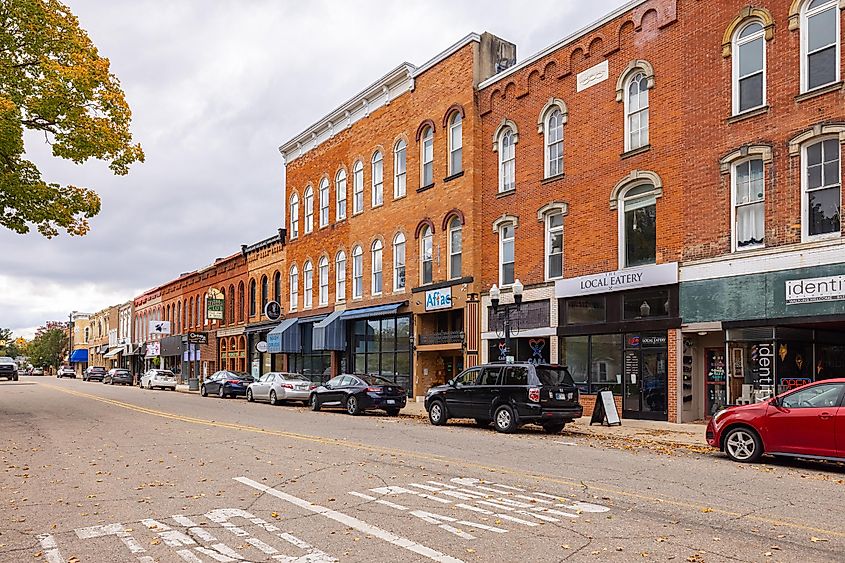
Howell’s main street reflects its 19th‑century roots with brick storefronts and a mix of architectural styles from Gothic Revival to Victorian and Art Deco. Its commercial center today still has buildings dating back to the 1870s, although some were destroyed by fire and quickly replaced in the same century. The Howell Opera House, opened in 1906, is still hosting live performances as well as fine arts shows displaying jewelry, digital prints, paintings, and more. You’ll find the Howell Farmers Market on Sundays by the historic Livingston County Courthouse, and the Black Iron Coffee Roasters for a fresh cup of coffee, scones, and relaxed conversations. In the spring and summer, Howell hosts Food Truck Tuesday on the second Tuesday of each month, with varied delicious lunch options, and a large space for picnics on the courthouse lawn. The downtown area stays busy all year long with the help of volunteers who keep the festivals and promotional events running. Howell isn’t flashy, but it’s warm, authentic, and truly grounded in its community.
Marshall
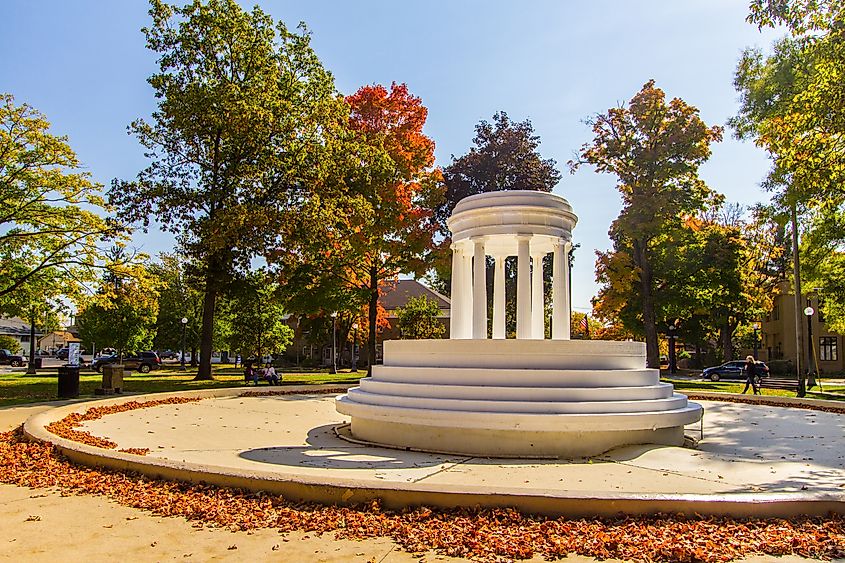
Marshall’s main street wears history openly—you’ll notice over 800 preserved structures, including the Honolulu House, built in 1860 for a former diplomat, and blends together Italianate and Polynesian architecture. The best way to explore this town is by booking a walking tour that will take you through the streets and the most well-known spots across the downtown area. You can step inside the U.S. Postal Service Museum, housed in the 1880s post office, and just a block away, the American Museum of Magic displays Houdini gear and artifact illusions. If you’re visiting to try out local favorites, then the Grand River Brewery must be on your list, where you can get an exquisite cider and crispy fish and chips. Another necessary stop has to be Amazing Grace Antiques, which houses a selection of vintage home items and trinkets that would complete your tour of this historically rich town.
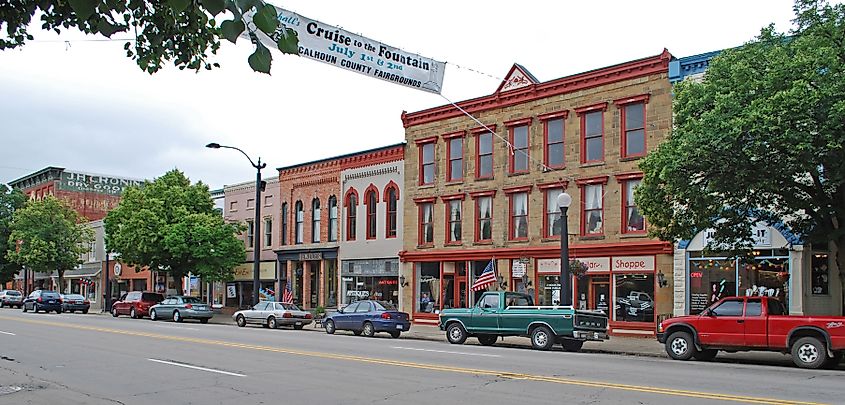
Frankenmuth
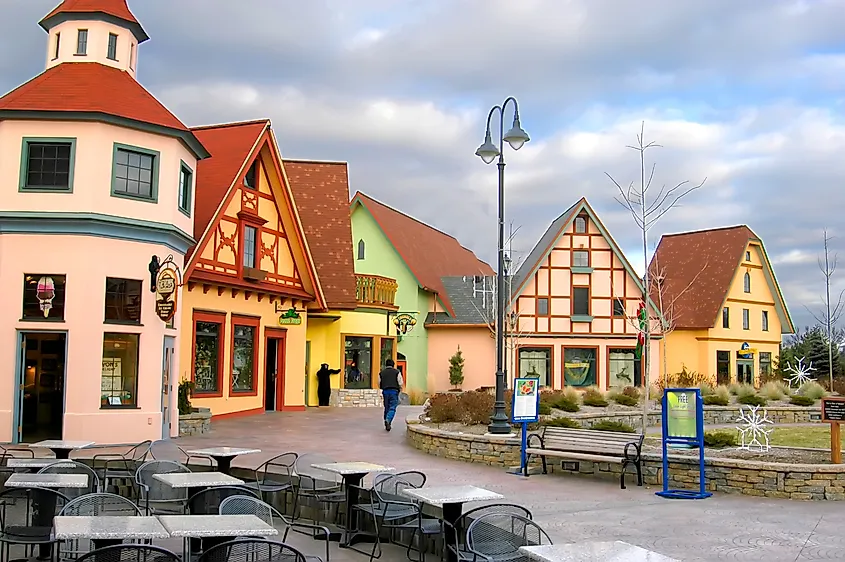
Frankenmuth earned its “Little Bavaria” nickname in 1854, and the main street owns that heritage. Zehnder’s, founded as the Exchange Hotel in 1856, still draws crowds for a full experience. This small village within the town hosts two large indoor waterparks, one of the few in the nation, a comfortable hotel, a marketplace of exclusive products like wines, preserves, and cheeses, and a golf course. Finally, it includes a long-standing restaurant running for over 160 years, serving all-you-can-eat family‑style chicken dinners and a selection of European desserts that leave all guests satisfied. Across the river footbridge, at Bronner’s Christmas Wonderland, you can also experience Christmas indoors all year round. As for the summer, the annual Bavarian Festival is the largest celebration of Bavarian heritage in Michican that busies main street with dancing, lenderhosen and live polka bands. The town also features the Bavarian Bierpass, a passport to more than 25 local breweries and eateries, that enables users to collect stamps and win prizes, just for drinking wines, cocktails, and beers!
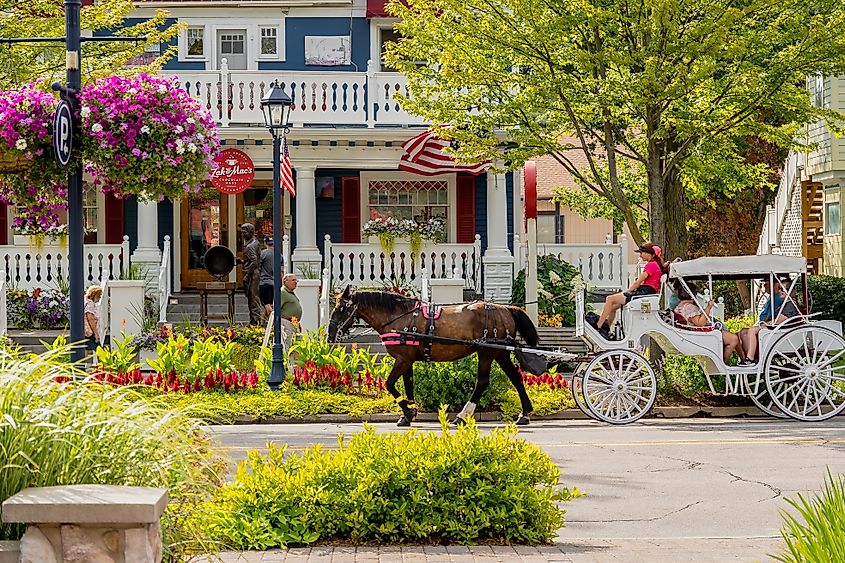
Petoskey
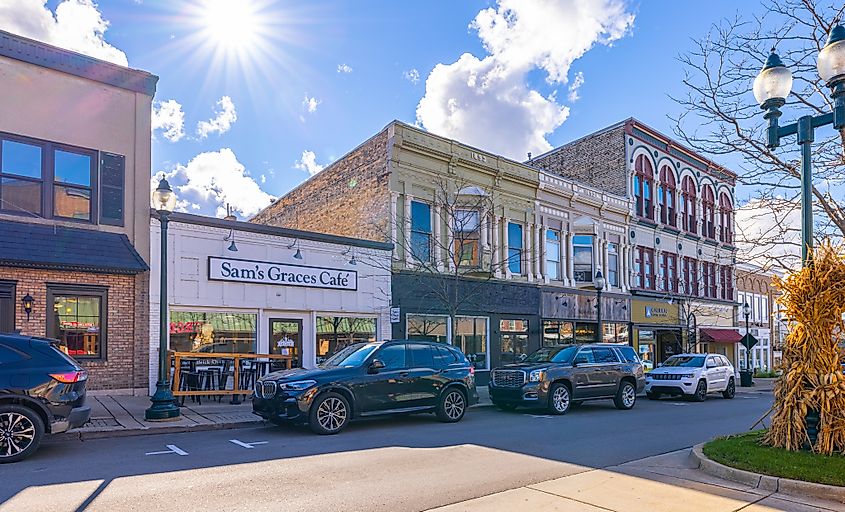
Petoskey’s East Mitchell Street forms a historic district listed on the National Register, built during the late‑1800s boom, where missionaries helped minister to the Odawa residents of the area, a few decades before the railroad had arrived and hotels were established. You can drop by the Crooked Tree Arts Center and check out their free public programming, from exhibitions to talks with artists. The center has been running since the 70s and features multiple galleries, dance and cooking studios, a theatre, and more, to keep the whole family busy and entertained. For a delicious bite, make sure to try Stafford’s Pier Restaurant for a waterfront fine dining experience overlooking the historic yacht basin or head to Petroskey Brewing Company for a pint with lake views. With downtown framed by natural beauty and history side by side, it becomes easy to switch off and soak in the charm of the town.

Leland
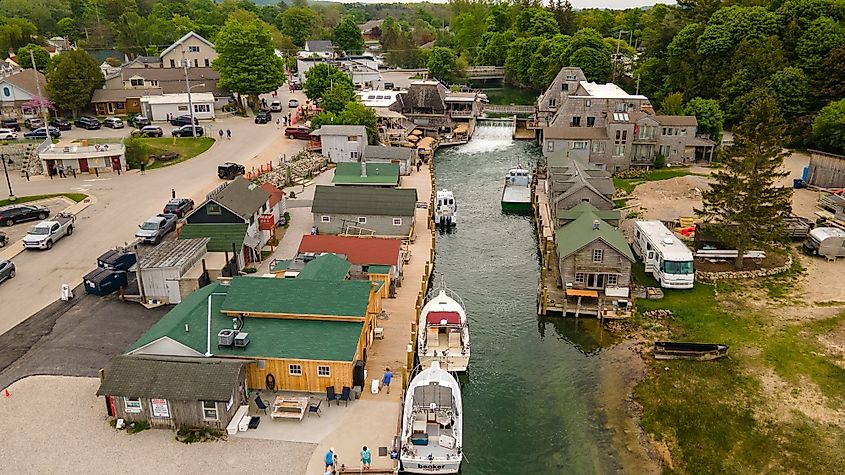
In the 1850s, European settlers arrived in Leland, a town where Native Americans had first lived and fished, and continued to maintain the town as a fishing village. The historic Fishtown is certainly unlike an average downtown; rather, it stands apart with its fishing shanties, smokehouses, and docks from the 19th‑century commercial fishing boom. This makes Leland’s main street very unique, perfectly serene with views of the harbor. You can start your day with a hearty brunch at the sandwich shop Trish’s Dishes, serving classics like paninis and English muffin specials. Right next door, you can enjoy the minimalist aesthetic and light-filled modern River Studio, where you can pause for an hour of meditation or yoga surrounded by greenery that feels reminiscent of island life. In the evening, the rustic Verterra Winery on Main gets packed with wine-lovers, making this family-owned local winemaker a yearlong favorite. The town’s main street neighbors a vast stretch of beach on Lake Michigan, perfect for a summer swim or a laid-back stroll in the colder months. Leland is a town with the soul of an island, and it cannot be missed.
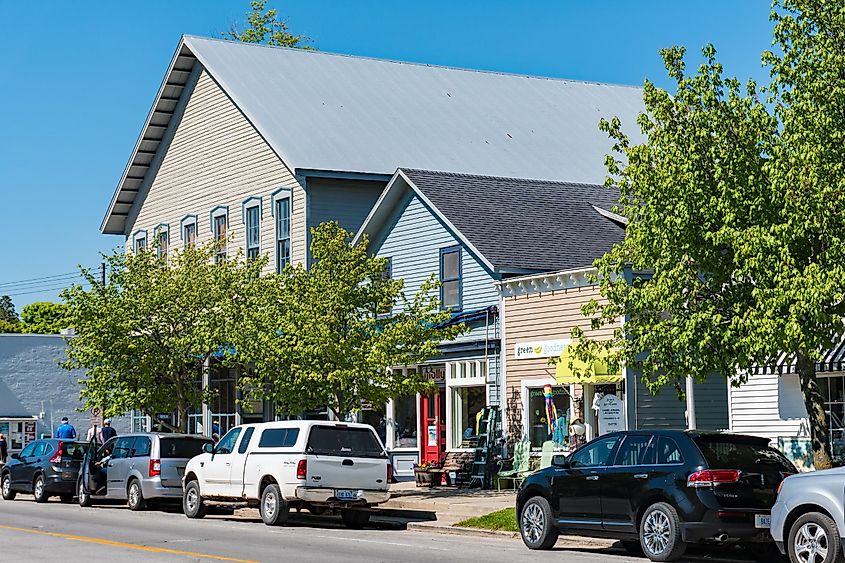
Milan
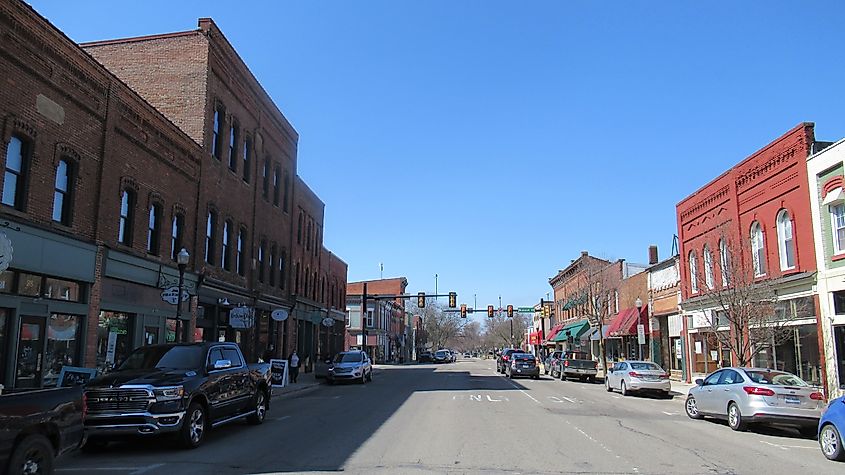
Milan’s Main Street reflects its early 19th-century beginnings as a farming and milling community, with brick storefronts that now hold a mix of local shops and services. Its historic district shows decades of style, with Mexican Revival to Queen Anne buildings, from Elijah Ellis’s 1845 Ellis Building to the former village hall‑fire station built in 1897. The area has been steadily revitalized, hosting events like the Milan Farm and Flea Market on the 2nd and 4th Sundays of summer with a variety of local merchants and artisans selling their handcrafts. If you’re on the lookout for a unique coffee experience, you can head to The Owl, a community-oriented space that offers organic, shade-grown, and fair-trade coffee during the day, and turns into a vibrant bar at night, serving craft beers and fine ciders from Michigan. The nearby Wilson Park offers a splash pad, walking paths, and picnic spots just a short walk from the main strip. For art lovers, the Laila Kujala Art Studio displays contemporary artwork from local and regional artists, with special assemblages and paintings on wood available for purchase. The town’s main street also connects easily to nearby wineries and breweries, making it a good base for a day trip.
Owosso

Owosso centers its main street around the restored Curwood Castle, a writing studio turned museum for author James Oliver Curwood and his life‐inspired novels. The street began as a lumber town hub in the mid-1800s and has kept much of its historic architecture intact. The Lebowsky Center for Performing Arts hosts plays, concerts, and seasonal shows right in the downtown core. Antique and specialty stores line the street, including the Owosso Books and Beans, an indie bookstore and coffee shop that hosts authors for talks and book signings, and serves delicious specialty lattes. You can also find lots of treasures at Aviator Jayne, whether it is quirky stationery or home decor. Owosso is home to the Steam Railroading Institute, where visitors can see and ride vintage trains, including the famous Pere Marquette 1225, inspiration for The Polar Express. As for a fulfilling fare, the street brings together a surprisingly diverse variety of restaurants, including the well-loved Sakura that serves Japanese and Thai favorites.
Rochester
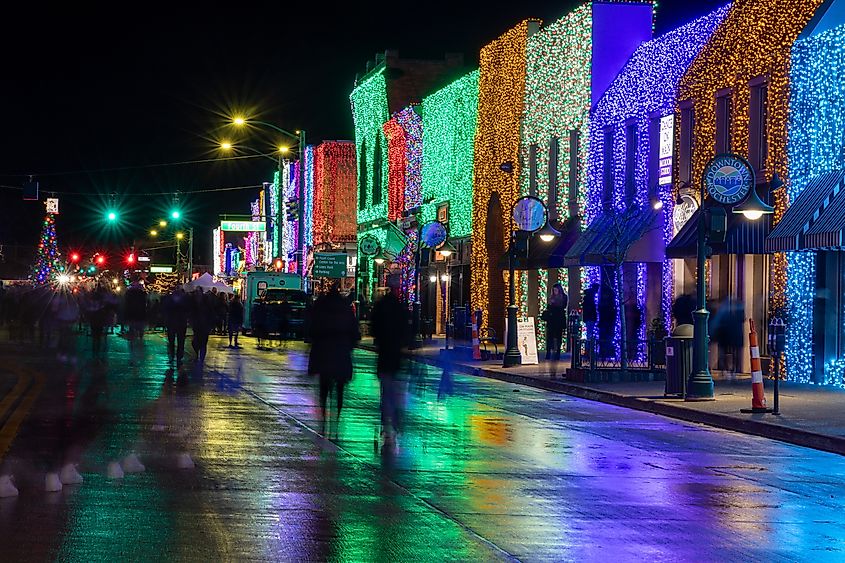
The main street of Rochester has been the center of commerce since the early 1800s, and its historic buildings remain well-preserved. Today, it’s known for hosting one of Michigan’s most popular seasonal attractions, the Big, Bright Light Show each December, when the buildings are lit with more than a million lights. This is not to mention the large parades organized for Christmas that make this destination ideal for the winter holidays. Year-round, you’ll find a variety of shops that brighten up the street, like Plain & Fancy Gift Shop, a whimsical shop with upscale gifts and handmade products. The dining scene of the town is also elevated; you can find seafood dishes from gazpacho to mixed pan-roast at Kruse & Muer on Main, or book the private dining room at Ernie’s On The Creek for an intimate night with friends over shareable Mediterranean dishes and Greek delicacies at a beautiful riverfront location.
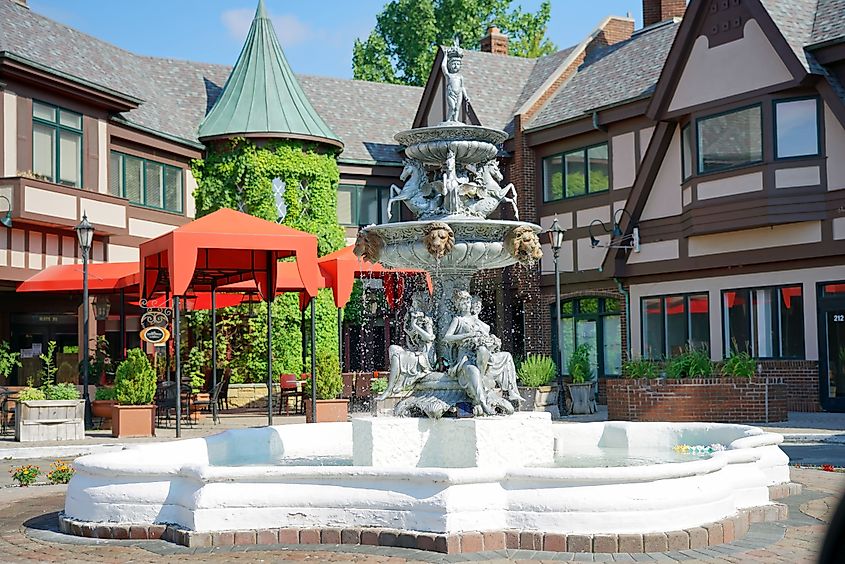
In Michigan’s smaller towns, their main streets are more than just a stretch of pavement; they’re the heartbeat of daily life, where shop doors stay propped open and familiar hellos carry down the block. Whether you're after architectural layers, scrumptious cuisine, or just a bench by a creek under late-century facades, these streets show how Michigan really comes to life. Each visit offers something that shifts with the calendar, from summer fairs to autumn celebrations to winter markets. These towns don’t rely on nostalgia alone; they continue to add new businesses, expand community events, and keep their downtowns walkable and welcoming. It’s that ongoing care, paired with a sense of place that can’t be manufactured, that makes them worth seeking out.

